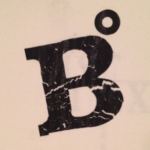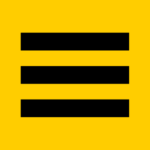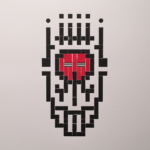Summer Doll-Myers
Graphic Design
Kutztown University
Ann Lemon
Advertising
Kutztown University
The good, the bad and the beautiful of fashion advertising.
What does it mean to wear a label, a logo, a brand – across your chest or on your back pocket? Consumers, especially millennials, are becoming more invested in the brands they love by following, liking, and pinning products in addition to wearing them. The entire brand “story” is built from an archive of images that support an ongoing narrative. Fashion is a $1.2 trillion global industry according to a report from the U.S. Joint Economic Committee.
“Fashion apparel for the teenager is not the first considered purchase,” Wissink said. Teens see electronics as “popularity devices, not utilities.” –International Business Times
It isn’t just about “did you see what he’s wearing?” but more about “can you believe she still has an iPhone 4”?! Millennials are more skeptical about what they see as inauthentic or contrived messages.
The majority of ads for brands found in fashion magazines and online are non-conceptual. With the trend moving toward believing in a brand, ads need to be more than just pretty – they need to be designed around a solid brand concept.
After years of this Intro-Level Advertising Design assignment being used to teach students the power of the image in an ad, this brief got a revamp. First and foremost, students needed to have a concept. They were required to research positioning, and identify a specific audience. Beginning with sketches, they were not allowed to move on to shooting before a big, insightful, on-brand concept was approved. Students then explored the collaborative realities of production by taking on the roles of art director, photographer, casting director, writer, and stylist. We will show the project process award-winning student examples.
This research was presented at the Design Incubation Colloquium 3.1: Kean University on Saturday, Oct 22, 2016.


